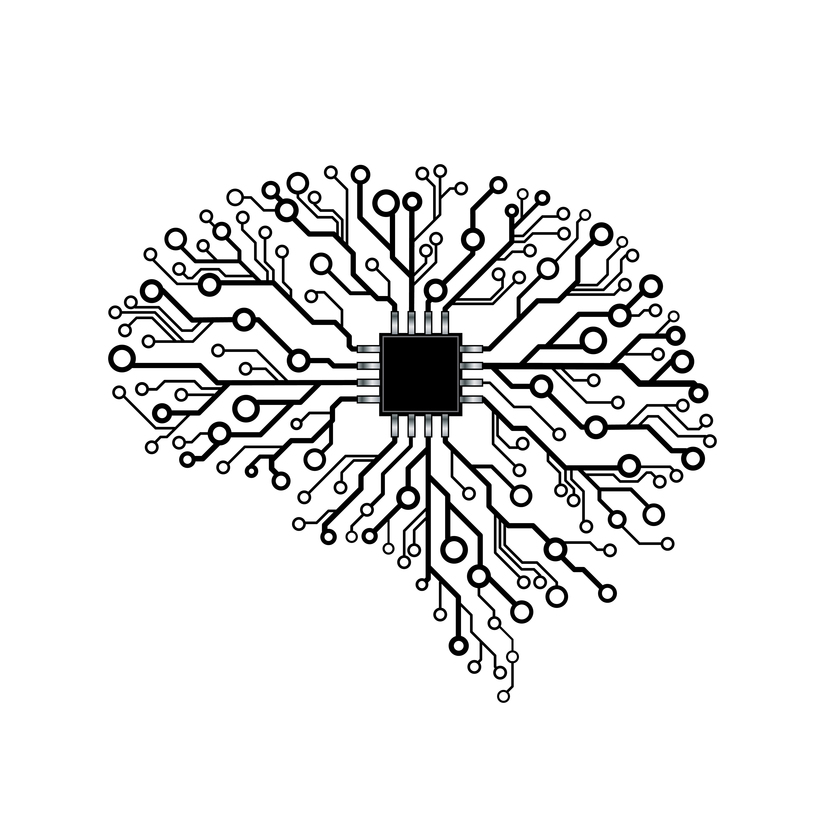A wake-up call for my orthopedic peers.
Dear CEO,
This year, software is infiltrating orthopedics at an alarming rate. Orthopedics is transitioning from a hardware business to a software business.
New technology has a way of sneaking up on us. In 2011, Marc Andreessen declared that software was eating the world. Like most tech trends, it starts off gradually, then accelerates.
In the orthopedics industry, we are ALL guilty of living in the present because we are driven by short-term sales goals. Our current frame-of-reference is “orthopedic manufacturers sell products to hospitals”. Today companies believe they sell implants, disposables, capital equipment and instruments. The implants are all similar. The orthopedic companies copy each other and the customers care less and less about their implants. It is becoming harder to differentiate between products. The cold hard fact is that your Orthopedic hardware is becoming less relevant each year.
As I look at how software technology is transforming Orthopedics, I believe that the winning companies in the future will be those that provide software solutions to hospitals. Today, your product is implants and instruments. Tomorrow your product will be software. The Orthopedic manufacturers need to stop thinking about physical products and start thinking about software products.
This is your wakeup call. Software is eating orthopedics.
Let’s look at 6 areas where software will change orthopedics in the future.
1) Diagnoses – Software will aid surgeons with more accurate diagnoses. The FDA just cleared AI for diagnosis of wrist FXs. AI platforms like IBM’s Watson are already being leveraged by medical companies to improve diagnoses. For example, this year Arterys received FDA clearance for AI diagnosis of cancers, a first. AI is coming to orthopedics.
2) Surgical Training – Software in AR/VR systems will revolutionize orthopedic training, making training immersive and accessible worldwide. Companies like Osso VR are leading the way.
3) Surgery – Software will make surgeons better technicians. VR and AR heads-up-displays will provide real-time data inside the patient. For a glimpse into this future, read about Augmedics AR for spine surgery. Software will make the robots in the OR much more effective in the future. AI + Robotics will ultimately be the killer app for orthopedic surgery.
4) Sales Service – Software will replace most sales rep support. The rep standing in the corner of the OR will become an AI. The AI rep will know every implant and instrument ever used in the procedure, and how it was used. The AI will also know the location and quantity of all implant and instrument inventory currently in the hospital. Enhatch is making inroads into this area today.
5) Clinical Outcomes – Software connected to wearables will provide real-time analyses of outcomes to the patient and healthcare provider. Take a look at how TracPatch, the first orthopedic wearable, will improve outcomes in joint replacements. Around 2025, we will start to see software embedded in the implants.
6) Administration – Software and the Internet of Medical Things (IoMT) will take over all the administrative work with virtual nursing assistants, better administrative workflow support, fraud detection, medication error reduction and post-operative care management that ensures that the doctor’s orders are followed by the patient.
How is your company preparing for the software future in orthopedics?

